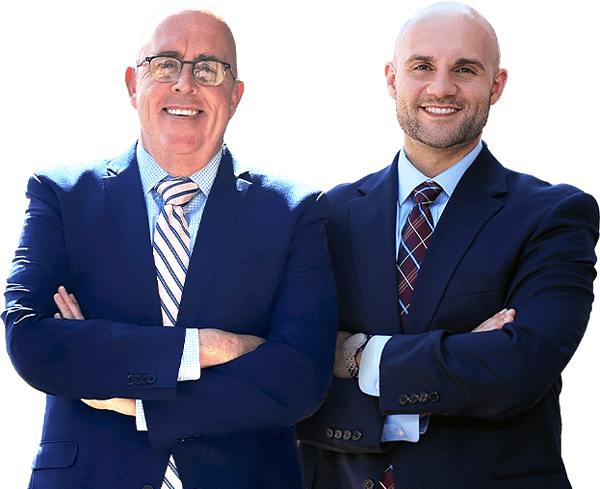Determining who was at fault in a multi-vehicle crash is never easy, whether the accident occurs in West Virginia or elsewhere. That makes it tough to seek damage recovery through the civil justice system, and it could also complicate insurance claims. Any accident involving three or more vehicles is considered a multi-car accident.
How do multi-car accidents happen?
A significant number of them happen because drivers fail to maintain safe following distances. Here are some examples:
First scenario: A driver on the highway brakes unexpectedly with a valid reason, surprising the driver of the car behind. That driver is too close to avoid rear-ending the first car. The same happens when the driver of a third car cannot stop in time and hits vehicle number two. This could continue, depending on the traffic volume and how many drivers follow too closely.
Second scenario: The rear-end impact on the first car is severe enough to push car number one into the vehicle directly in front. With enough force, several cars ahead could be rear-ended.
Third scenario: A driver stops at a red light, but the driver in the vehicle behind the stopped one is distracted and smashes into the rear of car number one. Now, similar to the multi-car crash on the highway, several more cars could rear-end those in front of them.
Fourth scenario: The number one car is struck with so much force that it is pushed into the busy intersection, causing another multi-car accident.
Damage recovery
Anyone in West Virginia who believes that other drivers’ negligence caused a multi-car accident that resulted in serious injuries might have grounds to pursue claims for financial relief. However, the victim might need help to prove negligence before attempting to recover mounting medical bills, lost wages and other losses. With sufficient proof, a personal injury lawsuit might lead to comprehensive damage recovery.


